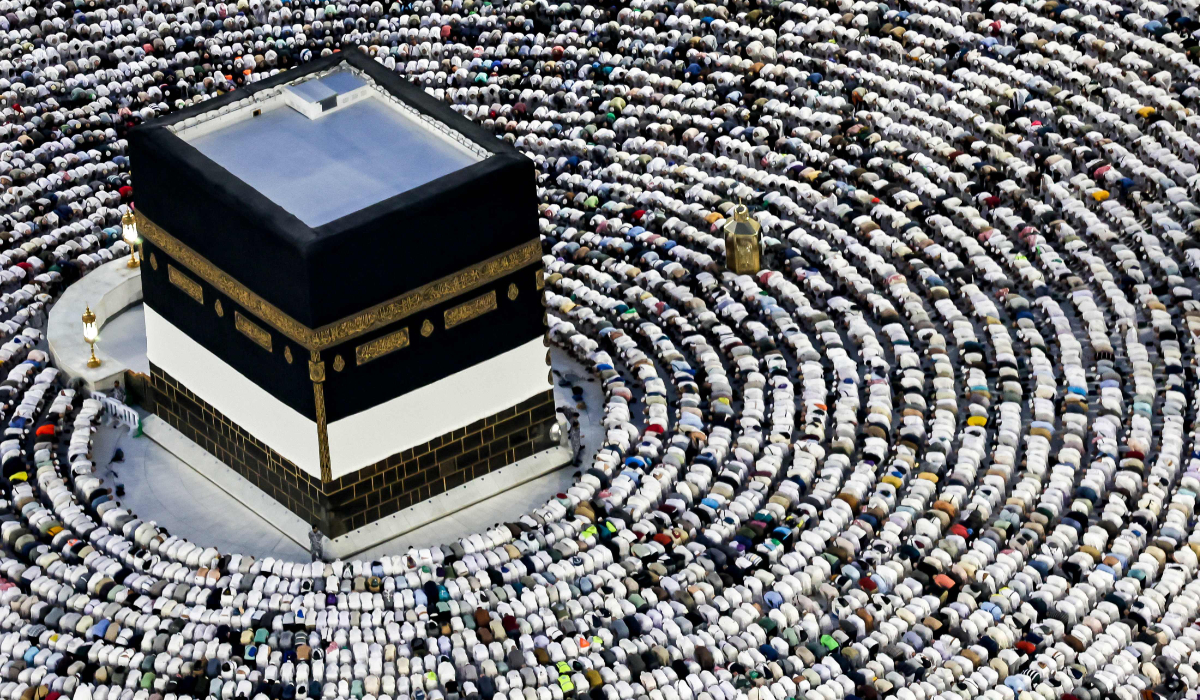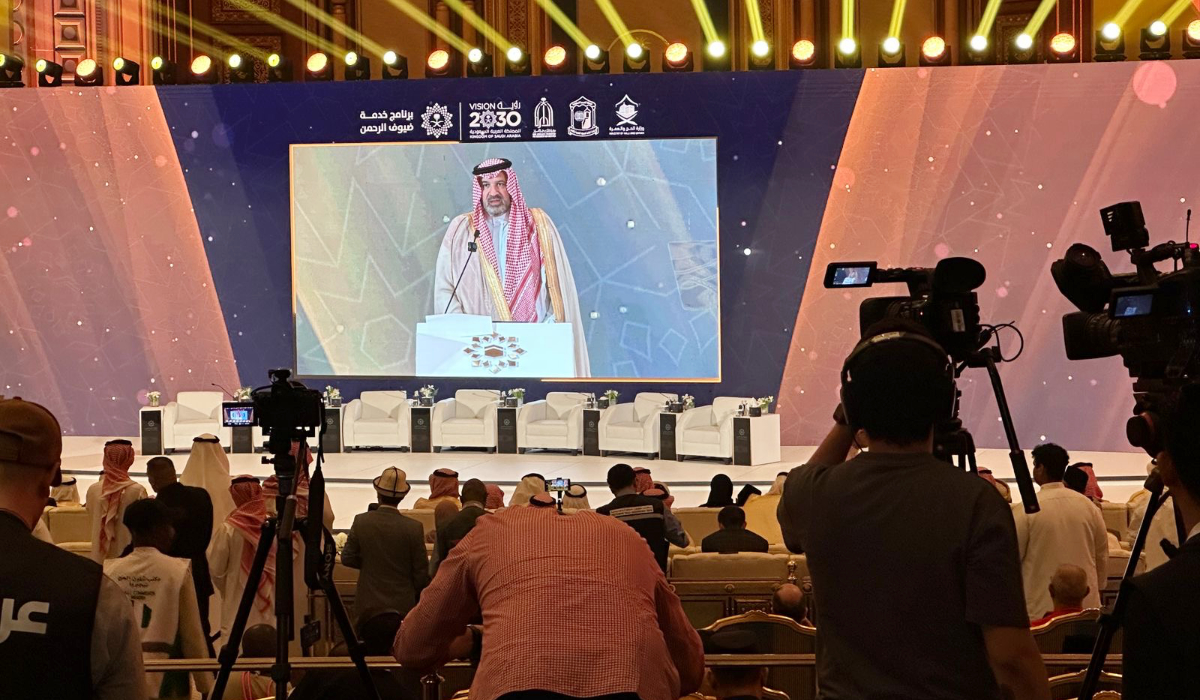RIYADH: As the holy month of Ramadan draws to a close, preparations for the Eid Al-Fitr holiday are underway with crowds gathering to buy clothing, sweets, and toys for the celebration.
Madawi Al-Blushi, an Eid shopper in Al-Owais traditional market in Riyadh, told Arab News: “Eid is a special time for our family; not just us but all Muslims around the world.
“For us, now, we are first shopping for important items like dresses and thobes for the Eid gathering. We will then shop for other items for children like gifts, toys, and candy.”
Arab News visited the traditional market where families were gathering to buy new items before Eid, as many shops and stores close in Saudi Arabia at that time.
Al-Owais Market is one of the many locations selling abayas, dresses, and shoes. The market also sells other items, including furniture and items for the home. Many consider it a Riyadh staple when it comes to shopping for traditional items.
Al-Blushi added: “My family and I came here (Al-Owais Market) after Taraweeh (prayer). We expected it to be crowded and it is just because it’s the weekend and we are approaching the last 10 days of Ramadan.”
Al-Blushi highlighted that an important part of Eid shopping was preparing the dresses and thobes that will be worn at gatherings hosted by her family.
She said: “We have a tailor we work with every year to make our dresses. Our family hosts an annual breakfast on Eid morning and we all dress up. That’s why looking our best is important, not just as people, but it’s also a part of our tradition.”
She explained that the men in her family had specifically tailored thobes and shoes for Eid, similar to the women’s dresses that are custom tailored.
She added: “It is a part of Eid’s traditions to have new and nice clothes. Eid is a time of celebration for us, and a part of that is dressing up in festive clothing, and celebrating.”
Eid is a time many Muslims around the world dress in their best clothes. Muslims gather to say the Eid prayer in the morning, usually followed by friends and family gathering to celebrate, sharing meals together and distributing sweets.
Eid shopping is not exclusively limited to clothing, but also extends to sweets, gifts, and at times new silverware for the Eid family breakfasts.
Al-Jowhra bin Khalid, a shopper at Al-Owais Market, told Arab News: “There is a lot of shopping, yes, but I don’t want to only talk about spending. You will see, in Saudi Arabia, so many families donate. In Islam we have Zakat Al-Fitr where we give money and lead others. it’s an important part of Ramadan and Eid.”
Bin Khalid said that as a part of her shopping she was buying decorative plates and place settings for the breakfast she hosts in her home.
She also explained that after the market she would go to the grocery store and buy sweets for children.
She said: “I create small bags with candy and small toys and money. My boys and girls then go and give these to our neighbor’s children. It’s a nice way for children to celebrate Eid.”
When asked why she does her shopping in person rather than online, Al-Jowhra said: “This brings us joy. It is the emotion of Eid: crowded shopping, greeting people. It’s an annual tradition.
“To be honest we should have started earlier in the month but it’s still nice to gather and do it now, and a lot of stores offer shopping deals and discounts.”
Eid also gives shopkeepers the opportunity to make up for slow sales during Ramadan. Most people during Ramadan spend their time praying and do not prioritize shopping.
It is only as Eid approaches that many families again make their way to shopping malls and local markets.
Um Saleh, a shopkeeper in a traditional market that sells small toys such as electronic dogs and remote-controlled cars, said that she had witnessed a rise in sales in the last few days before Eid.
She said: “People like to come after prayers to prepare for Eid. Last year I was selling maybe 10 or 12 small toys in a day but when the time for Eid came, I nearly sold out of all of my small toys.
“People like to celebrate, and the children are happy when they receive the toys, and if I see a child that wants a toy, I just give it to him. It’s how we are; it’s giving back.”
People in Saudi Arabia will continue their Eid preparations, leading up to the final night before Eid Al-Fitr which is expected to fall around April 10.




































